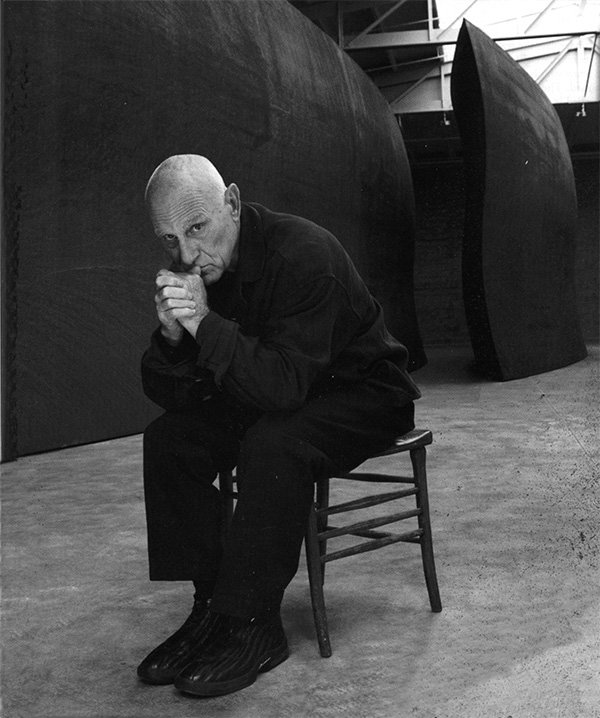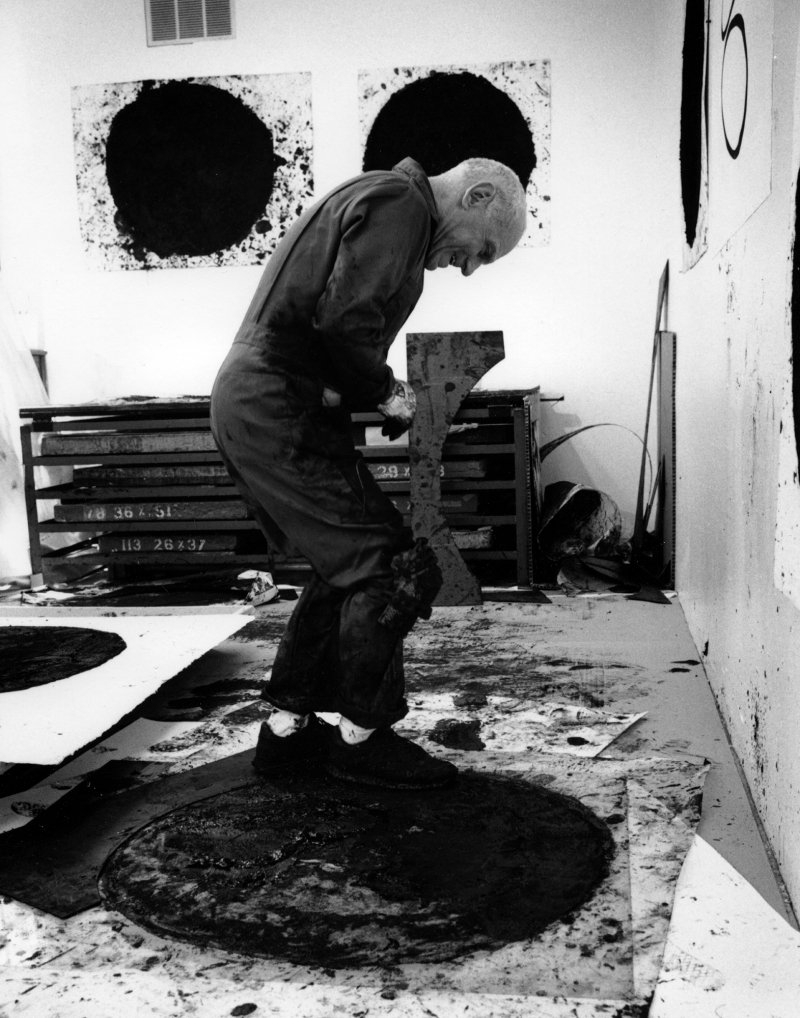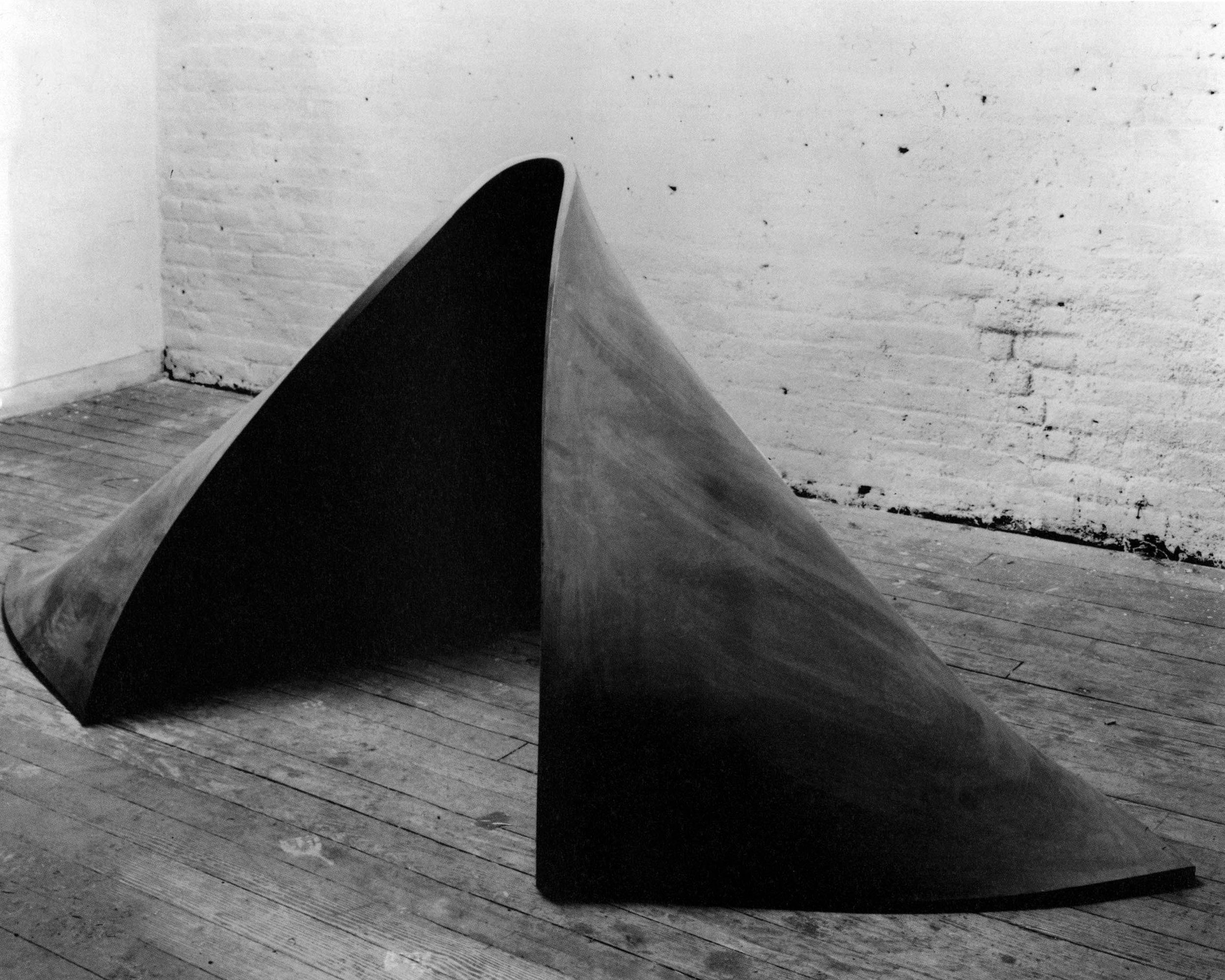Fine, Art: Richard Serra
005 - Richard serra
I’ve never been barreled. I’ve never even surfed big waves. I’ve been out there when it’s big, but mostly by accident or due to ingrained stubbornness. “All the steps you took to get here and you’re not gonna paddle out because it’s too big?” Bend down, leash on, half stretch. In the water I’ve gone.
Because I want to be out there. I love feeling minuscule in front of something huge. It’s probably one of the main reasons why I surf: small person in large body of water, a humbling reminder of how insignificant I am in the grand equation.
I’ve seen big waves. I’ve even seen people surf big waves. I saw Laird Hamilton Take Every Wave on the big screen and watched Matahi Drollet race across the face of a Code Red Teahupo’o wave on my phone screen.
Mind-boggling to see humans on the dance floor with Mother Nature and her plethora of moving water. I have no idea how they manage. It doesn’t make sense to me. What does it feel like to be beside or underneath a monstrous wall of water?
I introduce to you: Richard Serra
Richard Serra is an artist from San Francisco, CA and you can experience his art for free in various parts of the world. Known primarily for his work as a sculptor, he produces pieces that challenge our perspectives and sensibilities.
The first time I experienced his art was my first visit to LACMA in 2012. Main building. First floor on the left. One large, white room containing one large, brown sculpture. I entered the room and walked towards the mass of steel: 12 feet high (3.65 meters) and more than 70 feet long (21.33 meters), each piece able to stand on its own, but assembled in a way to create a room full of ‘steel arcs and torqued ellipses.’
Richard built Band using smaller models for nearly three years before taking his project to the steel mill. “I went to look at it and it was definitely a new experience and I didn't know what to make of it for a couple of days.” Concluding: “I thought it was better than I thought it was.” The latter sentence reminds me of my favorite Great Lakes surf report: “It looks better than it looks.” And in the former sentence, the producer admits to being confounded by the product. A direct example of art’s power to move a person.
“This [artwork] isn't here to teach you anything. It's your experience, and what thoughts it engenders, that's your private participation with this work.” I had to look up the word engenders – to cause or give rise to a feeling, situation, or condition – before I could concur with Serra based on my own experience.
Back at the museum, I continued to survey the massive piece in front of me. I walked slowly beside it until I found an opening that welcomed me inside. Underneath a tall, slanted wall, a feeling came over me. This is what it’s like to surf big waves. A single set of rusty-brown steel, two to three times overhead. I felt like I was out there with Laird and Matahi. I closed my eyes, put my back to the wall and imagined the wave breaking over me. A distinctly unique energy was present and it produced inside of me a sensation I’d seen, but never felt.
When I first encountered his sculpture, I didn’t know who Richard Serra was and I didn’t know my experience was precisely the desired effect of his creation: “If you can change how people think when they walk into and through a space, and you can evoke feelings that they haven't had before, and you can challenge their preconceived notions about what containment in space is, what release in space is, what passing through space is, or whatever, I think that's the worthwhile thing to do. I don't think [art] is going to change the world, but I think it gives different people a different aspect of potential for viewing the world.”
Richard Serra believes when viewed with an open mind, sculpture can yield an experience that differs from nature and architecture, allowing you to “become the subject matter of your own experience.” I didn’t walk completely around Band, experiencing the sculpture in its entirety, until last month. More than a decade of visiting LACMA, I was content standing under the lip, tucked inside my monstrous, steel barrel. — Phillip Dillon
You can see Band for free at LACMA this upcoming Tuesday, June 13th or see a similar piece from the same series, Torqued Ellipse, for free any day in UCLA’s Sculpture Garden.
Here are a few other quotes of richard’s that made me think or smile:
“My mother didn't introduce me as Richard. She used to introduce me as Richard, The Artist.”
“I make drawings almost everyday. For me, it's like a language. It's a way to think. It's a way to keep my eye in tune with my hand.”
“Art is what we do. Culture is what’s done to us. Culture pretty much eats artists up like popcorn.”
“We're so far into virtual reality where everybody reads images through the virtual. That's one of the big problems that art confronts right now is that the virtual denies tactility. It denies your physical presence in relationship to something other than a lighted screen. The nature of art has given way to photographs and images and you receive information through images. We don't receive art through our total senses in terms of walking, looking, and experiencing and touching and feeling and that's kind of been lost. That's not to say that it’s not going to come back.”
“There's something about trying to remake something you've made before which never makes sense anyway. That's never usually what happens. Even if you try to do it, you invariably make something else.”
“One of the things art does is it asks you to perceive what it is on its own level. And it can come up and grab you at any time. It can be reassuring. It can be exactly the opposite. It could agitate you. It could be something you dismiss. It could be something that engages you. It could be something you recall. It could be something that leads to things that have nothing to do with what you're looking at. Works of art engage possibly an eternal memory bank that isn't linear and it can make you see the outside reality in that way, also. You probably see the world in ways that you would not have seen it if those artists had not existed.”
and some videos:
If you have 1 hour:
If you have 3 minutes:
If you want to see the transportation and installation of Band:












